Language, the common noise we use to connect and communicate with one another. Despite being united under the national motto of Bhinneka Tunggal Ika (Unity in Diversity), the archipelago of Indonesia is a wondrous place with thousands of distinct native ethnic groups and hundreds of linguistic communities. Here, the natives often speak at least two languages! Today, we’ll explore some of the 746 Indonesian Regional Languages spoken across this diverse nation.
Indonesia is home to a remarkable linguistic diversity, with over 700 regional languages spoken across the archipelago. Understanding these Indonesian regional languages offers a deep insight into the country’s rich cultural heritage.
The lingua franca of Indonesia is Bahasa Indonesia, often mistakenly shortened to “Bahasa.” This is incorrect! “Bahasa” simply means “language,” so “Bahasa Indonesia” translates to “Indonesian language.” Bahasa Indonesia is one of the most flexible languages in the world—there’s no case inflection, no grammatical gender, and it can even be spoken without strictly following subject-verb-object rules, all without losing its meaning.
But let’s set that aside, because we’re not here to talk about Bahasa Indonesia. Instead, we’re going to explore the Indonesian regional languages across the country. Of course, we can’t delve into each one in detail—it would take us a lifetime! So, in this case, let’s use the universal language of kindness and gratitude, that is, Thank you and You’re welcome!
| Language | ||
| English | Thank you | You’re welcome |
| Bahasa Indonesia | Terimakasih | Sama-sama |
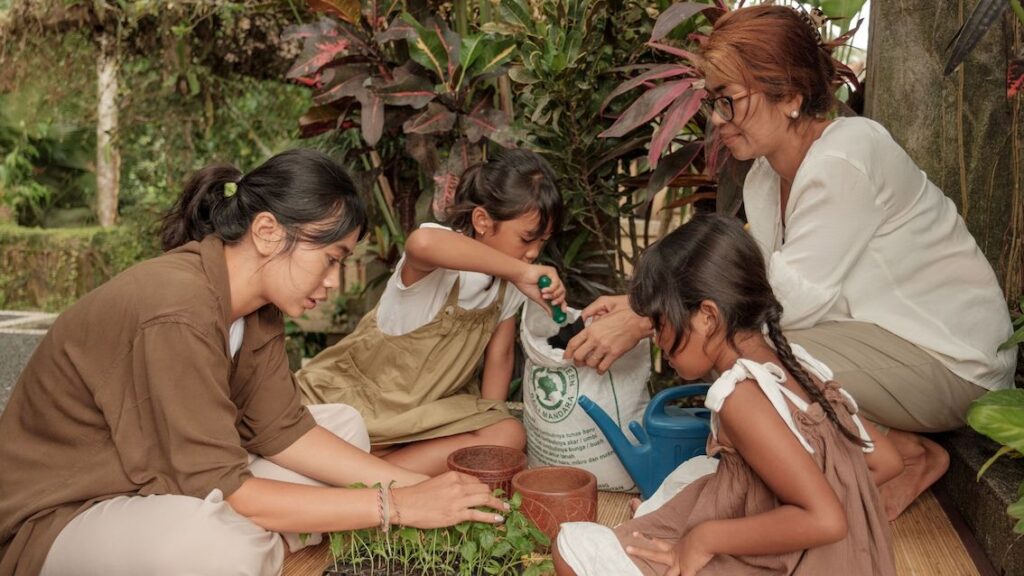
Sumatra, the island of gold, has been known by all sorts of names throughout history. The Ramayana epic calls it Suwarnadwipa, the Arabs knew it as Lamuri, Marco Polo referred to it as Samara, and others have named it Andalas or Percha Island. Anyway, just like its many names, Sumatra is a melting pot of ethnic groups, each with its own Indonesian Regional language. In fact, there are over 52 languages spoken across the island! Let’s take a look at some of the most common ones.
Some of the most widely spoken Indonesian regional languages in Sumatra include:
| Language | ||
| English | Thank You | You’re welcome |
| Aceh | Teurimong gaséh | Sama-sama |
| Gayo | Berijin | Orom-orom |
| Minangkabau | Tarimo Kasih | Samo-samo |
| Bengkulu | Terime Kaseh | Sama-sama |
| Nias | Saohagolo | Lau |
| Mentawai | Masurak Bagat | Simakerek |
| Lampung | Teghemo Kasih | Gegeh gegeh |
Kalimantan is what Indonesians call the island of Borneo. It’s home to one of the oldest rainforests in the world and the famous orangutans! Most of the island is part of Indonesia, but Kalimantan is so darling that it’s shared with two other countries—Malaysia and Brunei. Most people in Kalimantan speak the Malay language, and on the Indonesian side, it’s home to the Dayak and Banjar tribes, who naturally speak both languages (with plenty of dialects, by the way). You can also find traces of the ancient Kutai Kingdom in the languages spoken here.
Indonesian Regional Languages in Kalimantan include:
| Language | ||
| English | Thank You | You’re welcome |
| Dayak (Ngaju) | Tarima kasih | Sama-sama |
| Banjar | Tarime kasis | Sama-sama |
| Kutai | Terema kasih/Makaseh | Sama-sama |
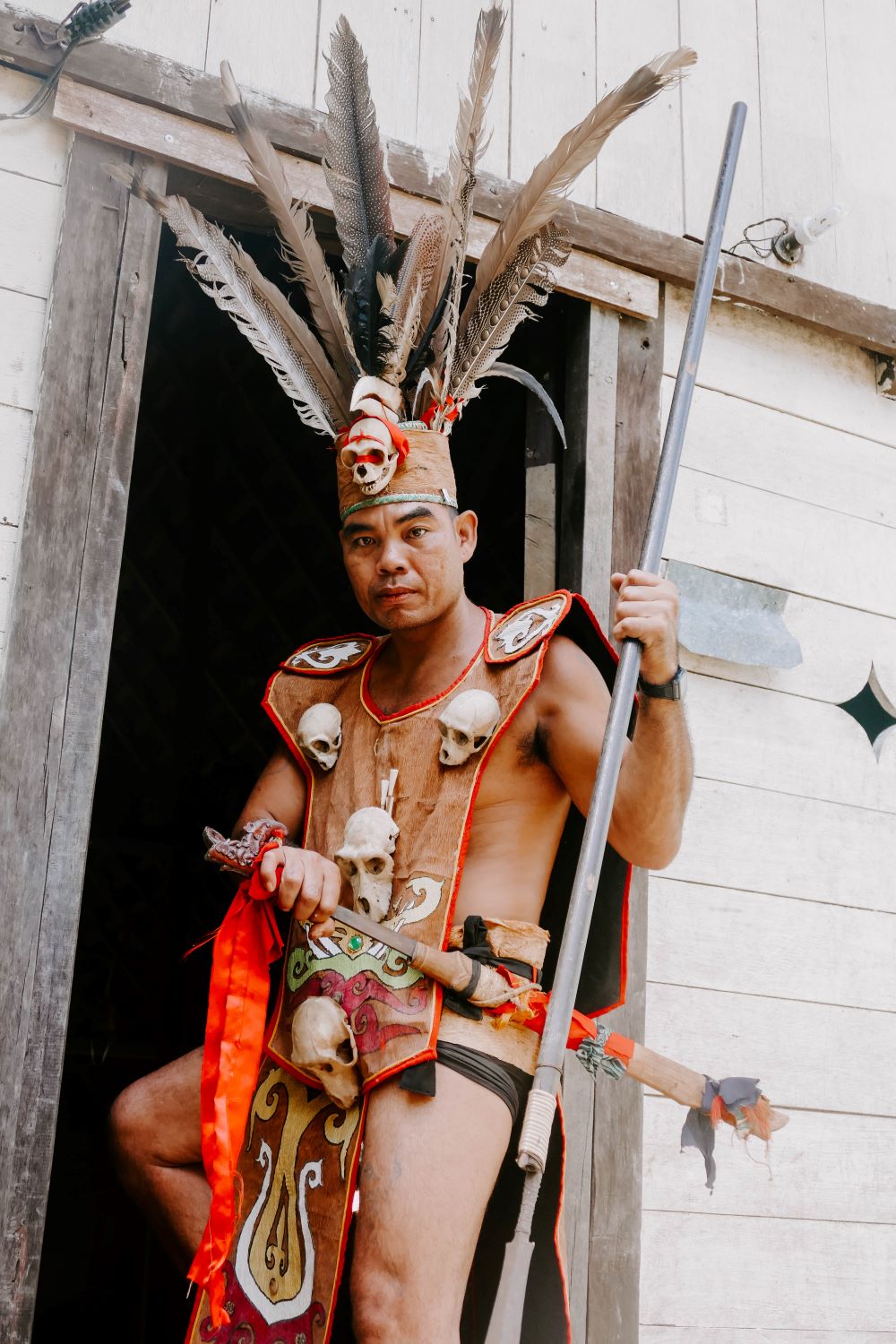
Java Island is the birthplace of several UNESCO Masterpieces of the Oral and Intangible Heritage of Humanity—you’ve probably heard of Batik and Wayang Kulit. It’s also where we can find traces of ancient glory, like the Borobudur and Prambanan Temples. The island is crowded—at “the most densely populated island in the world” level of crowded! The main inhabitants are the Javanese people, but as we head west, the Sundanese people become more prevalent, followed by the Betawi people in the capital.
Java’s linguistic diversity is central to its cultural identity, with these prominent Indigenous Languages of Indonesia:
| Language | ||
| English | Thank You | You’re welcome |
| Jawa (Java) | Matur suwun | Sami-sami/Podho-podho |
| Sunda | Hatur nuhun | Sawangsulna |
| Betawi | Makasih ye | Sama-sama |
| Madura | Mator Sakalangkong | De-pade |
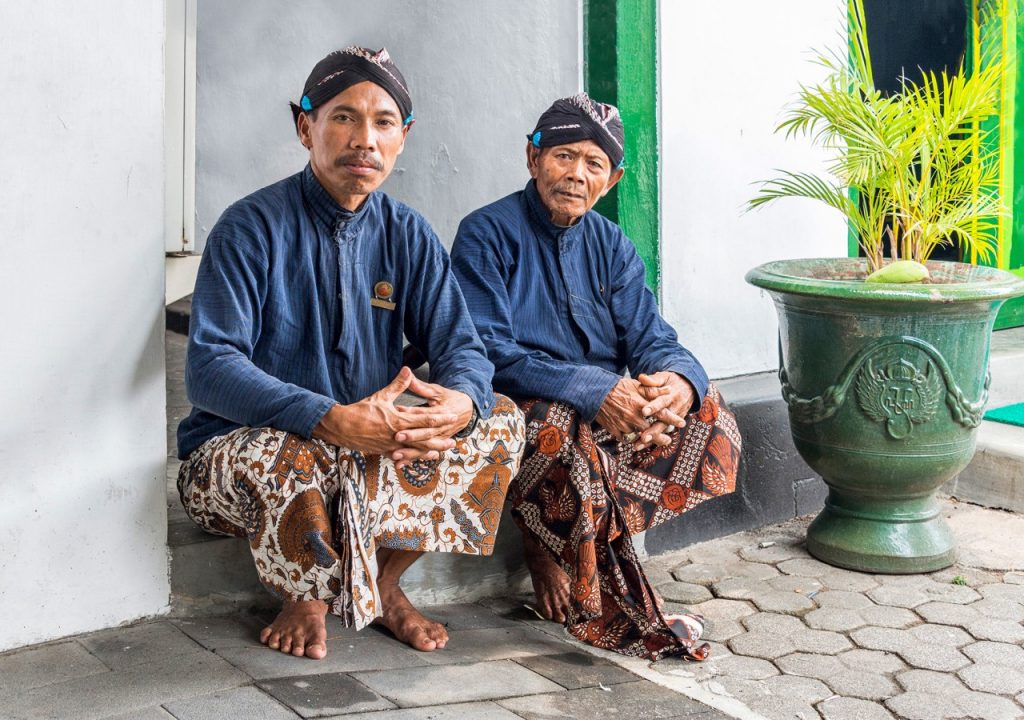
Just 2.4 kilometers across the Bali Strait from Java lies the island of gods, Bali. This tiny island is so beloved that many people around the world forget it’s part of Indonesia—Bali is probably more famous than the country itself! From culture to nature, Bali offers the whole package. It’s also the only region in Indonesia where the majority of the inhabitants are Balinese Hindu.
Balinese: The Balinese language reflects the island’s Hindu culture. “Thank you” is Matur suksma and “You’re welcome” is Mewali.
| Language | ||
| English | Thank You | You’re welcome |
| Balinese | Matur suksma | Mewali |

Next is the orchid-like shaped island, Sulawesi. Historically, it’s been known by various names, with early Portuguese explorers referring to it as Celebes. The island is a fascinating mix of cultures (including the stone cliff burial), each with its own traditions and languages. The Bugis, Makassarese, and Minahasans are just a few of the many ethnic groups you’ll find here, each speaking their own languages and dialects. Let’s check some of them!
Indonesian Regional Languages of Sulawesi include:
| Language | ||
| English | Thank You | You’re welcome |
| Makassar | Tarima kasi | Sama-sama |
| Bugis | Kurru sumange | Sarame |
| Toraja | Maturang nu kada’ salu | Sama-sama |
| Gorontalo | Odu’olo | Sama-sama |
| Minahasa | Maturang | Sama-sama |
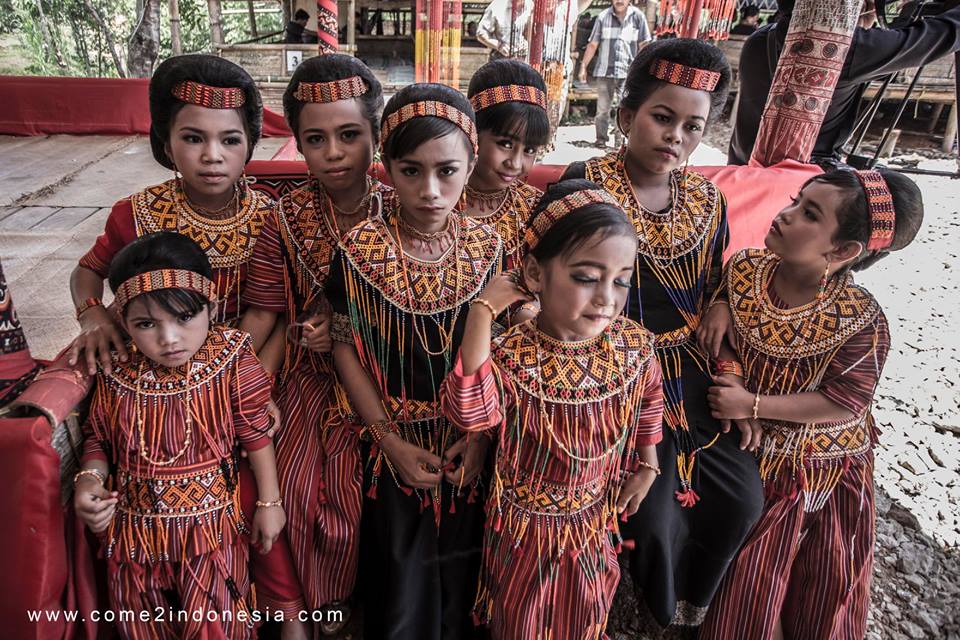
The western part of Nusa Tenggara consists of two main islands: Lombok, where Mount Rinjani—the third-highest mountain in Indonesia—towers over the landscape, and the vibrant Sasak culture flourishes; and Sumbawa, where horses run free among the dream-like hills. Don’t forget the three Gili sisters. West Nusa Tenggara is also a cultural melting pot, where Hindu, Muslim, and indigenous traditions coexist in harmony. The people here speak a variety of languages, including Sasak in Lombok and Bima and Sumbawa languages in Sumbawa.
The Indonesian Regional Languages of West Nusa Tenggara include:
| Language | ||
| English | Thank You | You’re welcome |
| Sasak | Tampi asih | Pade-pade |
| Bima | Ncewi Mbeim Adem | Mbali |
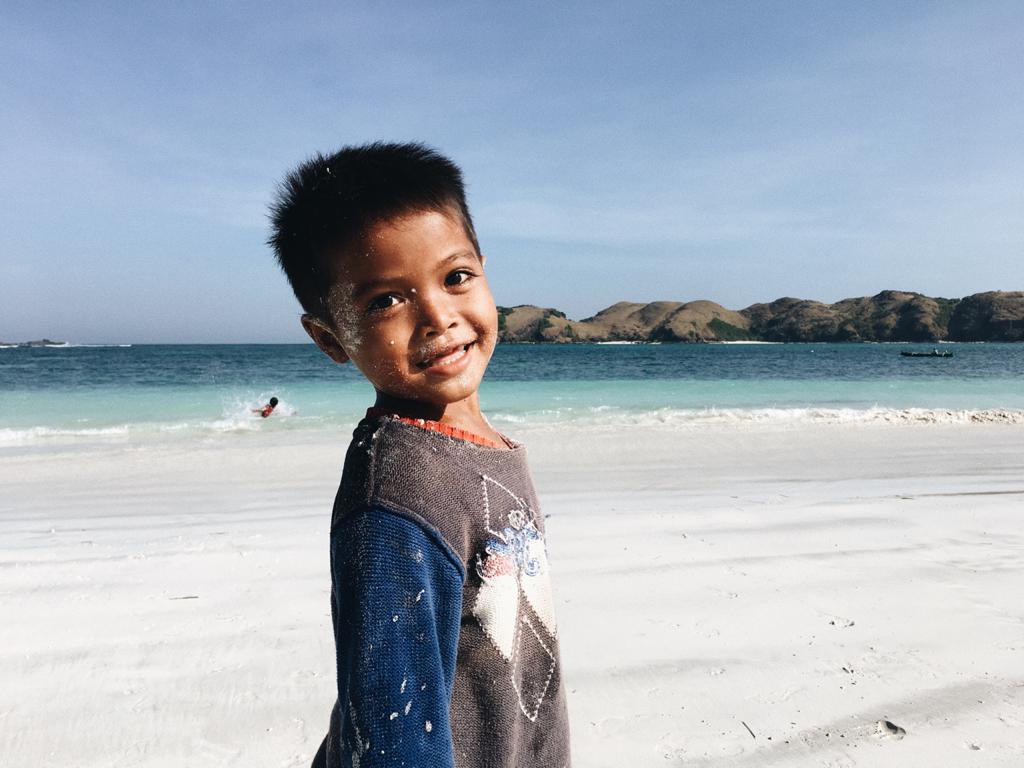
The eastern part of Nusa Tenggara is a place full of wonders, including the one and only Komodo dragon, found exclusively on Komodo Island. Sumba Island, like Sumbawa, is famous for its horses, rolling hills, and vast savannahs. And let’s not forget Flores, home to the mesmerizing Kelimutu crater lakes. East Nusa Tenggara is a cultural mosaic where Christianity, Islam, and traditional beliefs are seamlessly woven into the daily lives of its people. The languages spoken here are just as diverse, with each island offering its own unique dialects and languages.
Indonesian Regional Languages spoken in East Nusa Tenggara include:
| Language | ||
| English | Thank You | You’re welcome |
| Abui | Nghali | Arhaha |
| Alor | Deijaki | Barajaku |
| Manggarai | Moli laba | Kama-kama |
| Ndao | Watu | Alu |
| Rote | Amu | Mesiu |

This archipelago, scattered across the eastern seas of Indonesia, was once the center of the global spice trade, attracting explorers from around the world. The islands of Maluku are known for their stunning beaches, crystal-clear waters, and lush, mountainous landscapes. Each island has its own unique charm, from the historical city of Ambon to the tranquil shores of the Banda Islands. Being an archipelago, Maluku has developed its own distinct cultural ecosystem, with each island often having unique traditions and customs. This diversity has led to the Ambonese language becoming a second lingua franca, alongside Bahasa Indonesia, across the region.
Indonesian Regional Languages spoken in Maluku include:
| Language | ||
| English | Thank You | You’re welcome |
| Ambonese | Danke | Sama-sama |
| Tidore | Maburukasih | Sama-sama |
| Halmahera | Maito | Mama |
| Luhu | Matulava | Mulava |
| Banda | Malamasei | Mamonahoi |
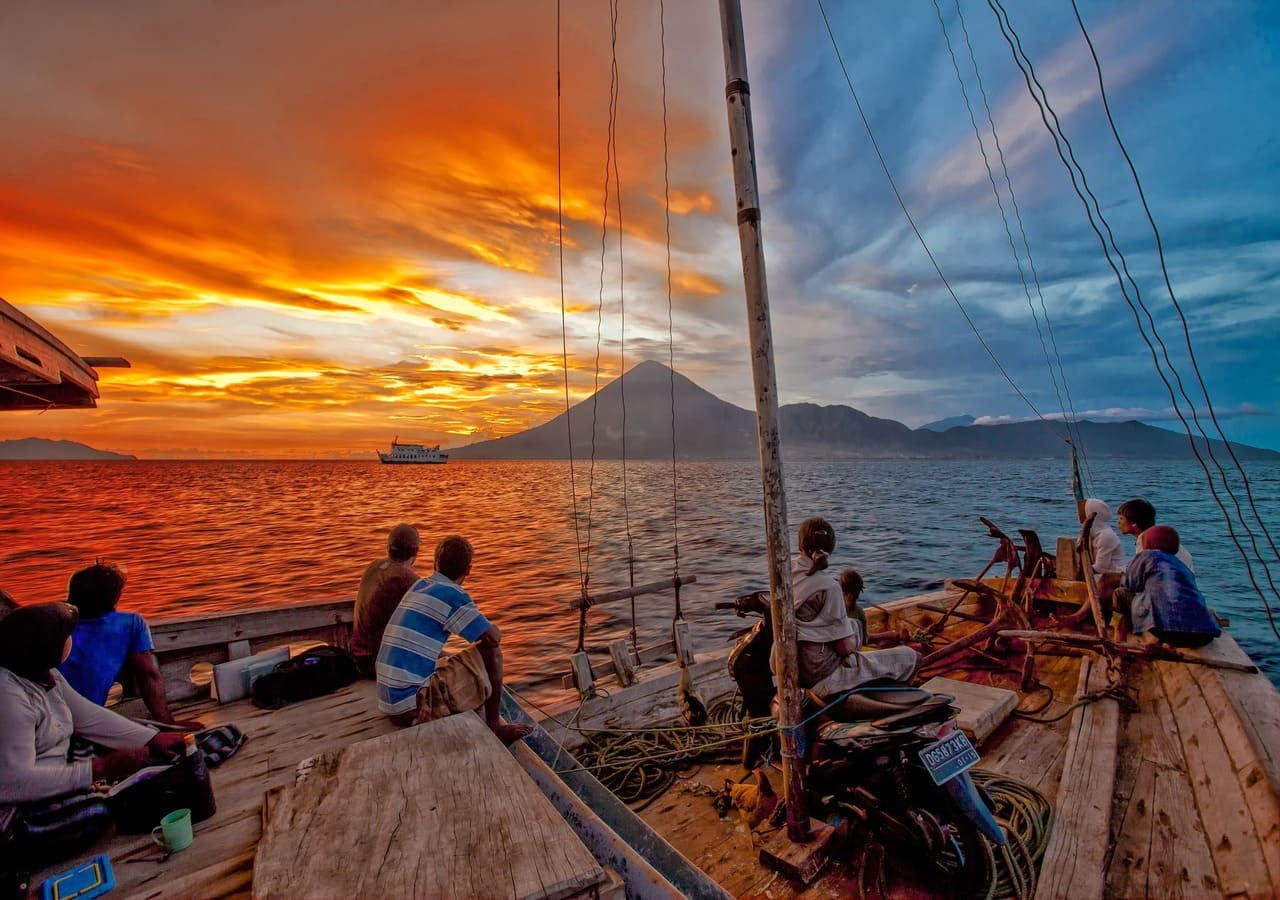
This land has veins filled with gold, and its peaks (Jayawijaya) soar so high that it snows despite being in a tropical area—this is Papua. Not many Indonesians—aside from those who live there—have visited this wonderful island. Those who do make the journey often return with hundreds of tales. The island is inhabited by numerous indigenous tribes, each with its own unique customs, languages, and ways of life. The Dani people of the Baliem Valley, for example, are known for their traditional way of living, while the Asmat tribe, famous for their intricate woodcarving skills, resides along the southern coast.
Indonesian Regional Languages spoken in Papua include:
| Language | ||
| English | Thank You | You’re welcome |
| Dani | Egen | Ma goi |
| Asmat | Abtima | Umayak |
| Sentani | Wakakom | Kiki |
| Korowai | Pogi | Pogi sasi |
| Moni | Ngauna | Ngauna |
| Mairasi | Manifi | Mo’mo’pi |
Having so many cultures mixed together doesn’t divide Indonesians; instead, it makes the people vibrant and open. All of these cultures are protected and unified under the shared values represented by the national symbol, the Garuda. This is why the motto “Unity in Diversity” truly reflects the soul of Indonesia. Now that you’ve learned about the regional languages from the westernmost to the easternmost parts of the country, are you ready to embark on an adventure across Indonesia with us?
Would you like to learn Bahasa? We have great lessons on our website.
Learn Bahasa Indonesia: LESSON 1 – INTRODUCTION
Based in Ubud
Ulun Danu Bratan Temple
Jatiluwih rice fields
Mother Temple Besakih
Tanah Lot Temple
6 nights in Ubud
2 nights in Nusa Dua
Travel with transfers included
Island of the Gods
Different hotels each night
Lovina dolphins
Kintamani
Tenganan Village
Besakih Mother Temple
Isabelle is an enthusiastic Facility Management student from the Netherlands. She is currently doing an internship at Come2Indonesia, where she is part of the marketing department. She has a passion for communication and customer-oriented thinking, which helps her add value to her team.
Agnes Tianshi King or Agnes, is a high school student majoring in travel business at ST THOMAS MAUMERE vocational high school in East Nusa Tenggara.
She is currently interning at Come2Indonesia Bali.
She has an interest in traveling to places where there are many foreigners and interacting with them and also likes to learn new languages and cultures both international and traditional.
In the future, I plan to work in a field that supports traveling the world such as working on a cruise ship
Maria A. Yufri Dala or know as Yufri, is a student of SMK Santho Thomas Maumere majoring in travel business. Currently she is doing an internship at come2Indonesia, she helps the operational in doing the tasks that help her get additional value and broader insight in the world of work.
SHARE THE POST WITH YOUR FRIENDS